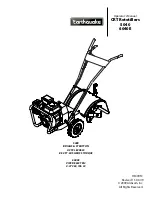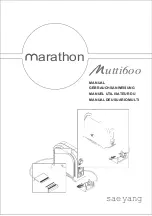
Rotational Vacuum Concentrator RVC 2-33 CDplus
with infrared heating
2 Layout and mode of operation
Version 08/2009, Rev. 3.6 of 22/11/2021
• sb-bs
15 / 105
Translation of the original operating manual
Pos : 24 / 200 C hrist/ 370 R VC-BA ( STAND ARDMODU LE) /020 Auf bau und Wirkungsweis e/ 020-0020 Wirk ungsw eise--------------------------------------------------------- @ 25\m od_1404984979651_68. docx @ 186617 @ 2 @ 1
→
2.2
Mode of operation
Pos : 25 / 200 C hrist/ 370 R VC-BA ( STAND ARDMODU LE) /020 Auf bau und Wirkungsweis e/ 020-0020- 0010 Prinzip der Rotations-Vak uum- Konz entrati on @ 25\m od_1404984980490_68. docx @ 186631 @ 3 @ 1
→
2.2.1
Principle of the rotational vacuum concentration
This method is used for the particularly quick and gentle evaporation,
drying, purification, and concentration of samples.
Rotational vacuum concentration is an alternative to rotary evaporators that
use high temperatures and operate nearly at normal pressure. Because of
the vacuum, the sample boils at low temperatures, and water as well as
organic solvents can be evaporated in a particularly gentle manner. Due to
the fact that the sample rotates like in a centrifuge, the
→
Boiling retardation
is prevented so efficiently that low pressure can be used. As a result,
temperature-sensitive samples can be concentrated by evaporation without
being damaged.
The solvent can be collected in a cooling trap and disposed of immediately
if desired.
Fig. 4: Vapour pressure curve for ice and water
















































